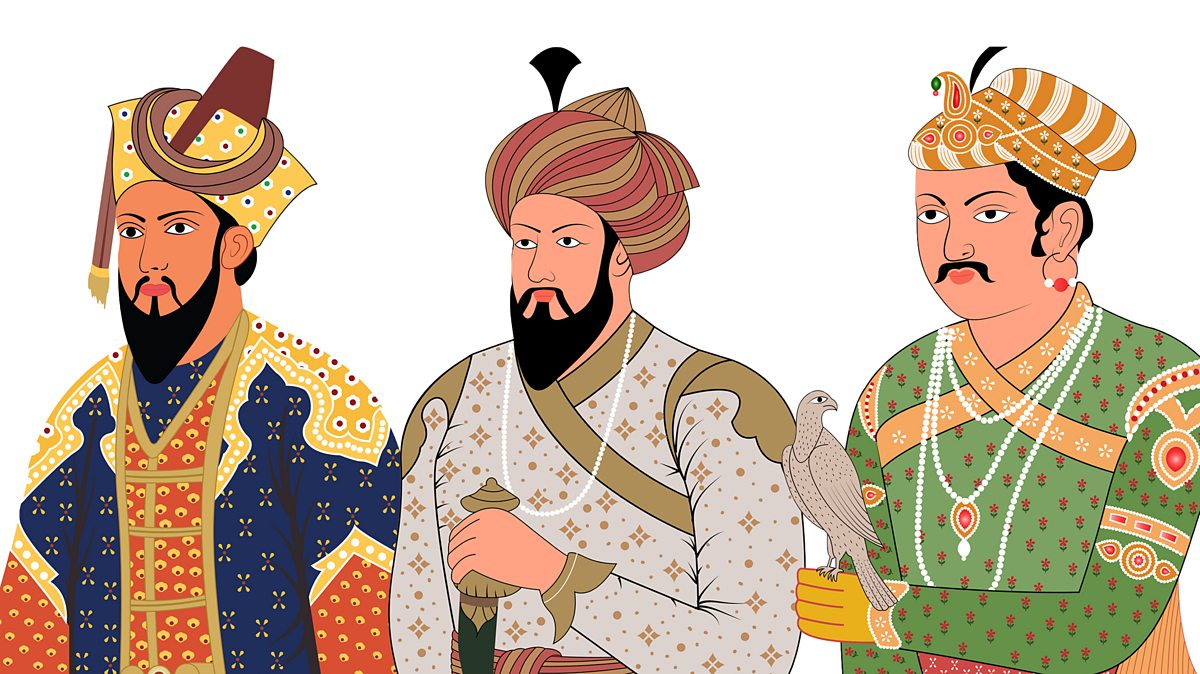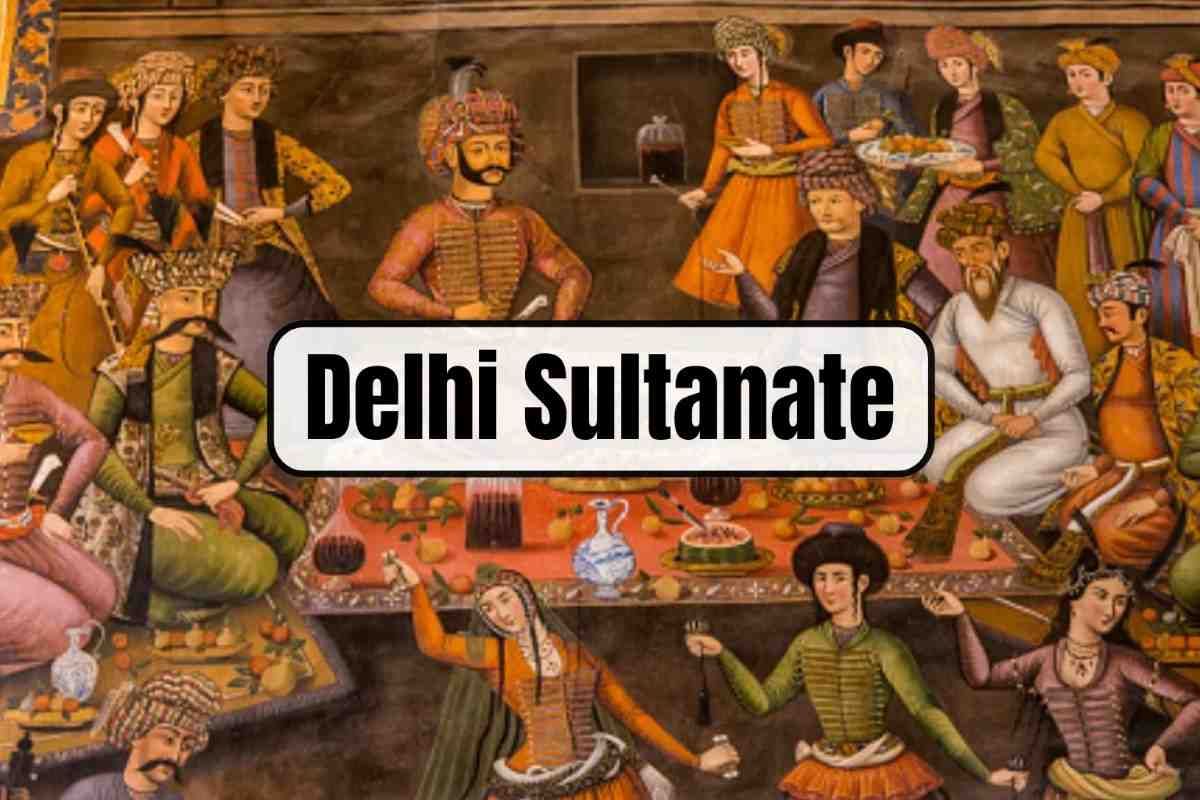Font size:
Print
Prime Minister Modi Meeting with Japanese Speaker
Context: Prime Minister Shri Narendra Modi received the Speaker of the House of Representatives of Japan and his delegation including members of the Japanese Parliament and business leaders representing major Japanese companies.
More in News:
- They discussed key areas of collaboration in the India-Japan Special Strategic and Global Partnership.
- They were pleased with the progress towards the 5 Trillion Japanese Yen investment target for 2022-27 and discussed strategies to strengthen economic ties beyond 2027.
- They discussed ways to strengthen cooperation in traditional manufacturing and modern domains like semiconductors, EV, green, and clean energy.
- Also discussed training and capacity building including training in the Japanese language for Indian youth and underlined the role of the private sector in these endeavours, according to the statement.

India – Japan Relation:
Government to Government Relation:
Annual Summits: Since 2006, the Heads of State or Government of India and Japan have met annually.
Defence and security relation:
In 2008, Japan and India issued the “Joint Declaration on Security Cooperation.” Their security and defence dialogue frameworks include:
- Foreign and Defense Ministerial Meeting (“2+2” meeting)Annual Defense Ministerial Dialogue
- In 2020, Japan and India signed the Agreement Concerning Reciprocal Provision of Supplies and Services between the Self-Defense Forces of Japan and the Indian Armed Forces, commonly known as the ACSA.

Economic Relation:
- India-Japan Comprehensive Economic Partnership (CEPA) 2011:
-
- The Agreement is the most comprehensive of all such agreements concluded by India.
-
-
- Also Covers not only trade in goods but also services, movement of natural persons, investments, intellectual property rights, custom procedures and other trade related issues.
-
-
- The CEPA envisages abolition of tariffs over 94% of items traded between India and Japan.
- Bilateral Trade: Totaled US$ 21.96 billion during FY 2022 23.
-
- Exports from Japan to India during this period were US$ 16.49 billion and imports were US$ 5.46 billion.
- Japan’s investment in India:
-
- Japanese Total FDI in India Till Date: Approximately USD 39.94 billion till 2023, making Japan the fifth largest source country for FDI in India.
-
- Key Sectors: Automobile, electrical equipment, telecommunications, chemical, financial (insurance), and pharmaceuticals.
- Currency Swap Agreement:In 2019, India and Japan signed a $75 billion currency swap agreement.
-
- This allows India to access $75 billion in dollars or yen during an emergency at a predetermined exchange rate, with the option to repay at the same rate.
- Japanese Official Development Assistance (ODA):Japan’s ODA to India was approximately JPY 328 billion (USD 3.28 billion), focusing on power, transportation, environmental projects, and basic human needs.
- The Supply Chain Resilience Initiative (SCRI) 2021 by India, Japan, and Australia to enhance supply chain resilience. Key activities include sharing best practices and holding investment promotion events.
Railway cooperation:
- Mumbai Ahmedabad High-Speed Rail project.
- Metro Rail Projects: Presently, six Metro Rail projects (Ahmedabad, Bangalore, Chennai, Delhi, Kolkata, Mumbai) are being implemented with technical and financial support from the Government of Japan.
Reasons for Strong Relations and Areas of Cooperation:
- China: Both India and Japan face territorial disputes with China (e.g., Senkaku Islands, Aksai Chin, Arunachal Pradesh), driving their strategic alignment.
- Complementarity:
-
- Demographics: Japan’s ageing population vs. India’s young population.
-
- Capital: Japan’s surplus capital vs. India’s need for investment.
-
- Resources: India’s natural resources vs. Japan’s advanced technology.
-
- Economic Strengths: India’s service sector vs. Japan’s manufacturing prowess.
- Partnership for a Free and Open Indo-Pacific: Based on inclusiveness and a rules-based order.
- Counter-Terrorism: Joint efforts to strengthen counter-terrorism and support the Comprehensive Convention on International Terrorism (CCIT).
- ASEAN Peace and Development: Both support Myanmar’s implementation of ASEAN’s Five-Point Consensus for post-coup peace.
- Nuclear Disarmament: Commitment to nuclear disarmament, global non-proliferation, and supporting India’s membership in the Nuclear Suppliers Group.
Divergence and Challenges:
- Ukraine Conflict:
- India: Maintains a neutral stance, advocating dialogue and diplomacy without directly condemning Russia.
- Japan: Strongly condemns Russia, supports Ukraine, backs sanctions, and aligns with Western nations.
- Russia Relations:
- Japan: Has a strained relationship with Russia, opposes Russia’s actions, and protested maritime exercises near the Kuril Islands.
- India: Balances relations with both the West and Russia, relies on Moscow for military support, and participates in Russian exercises.
- WTO Issues:
- India and Japan often diverge on trade-related matters, including issues like India’s tariff structure, reflecting broader gaps between developing and developed nations.
Way Forward:
- Expanding Cultural Relations and people to people tie:
-
- India and Japan have historical ties, including shared cultural influences from Buddhism.
-
- The annual Namaste India Festival in Japan celebrates Indian culture and has become one of the largest festivals of its kind globally.
- The Japanese government was also helping in the construction of Gaya-Rajgir NH-82 as part of its assistance to the Nalanda university.
- Cooperation in Regional & multilateral Forums:
-
- QUAD , ASIA- AFRICA ECONOMIC CORRIDOR launched in 2017, as a counter to China’s Belt and Road Initiative.
-
- Cooperation at G20, G7.
-
- G-4:Both India and Japan are advocating for permanent seats on the United Nations Security Council (UNSC).



